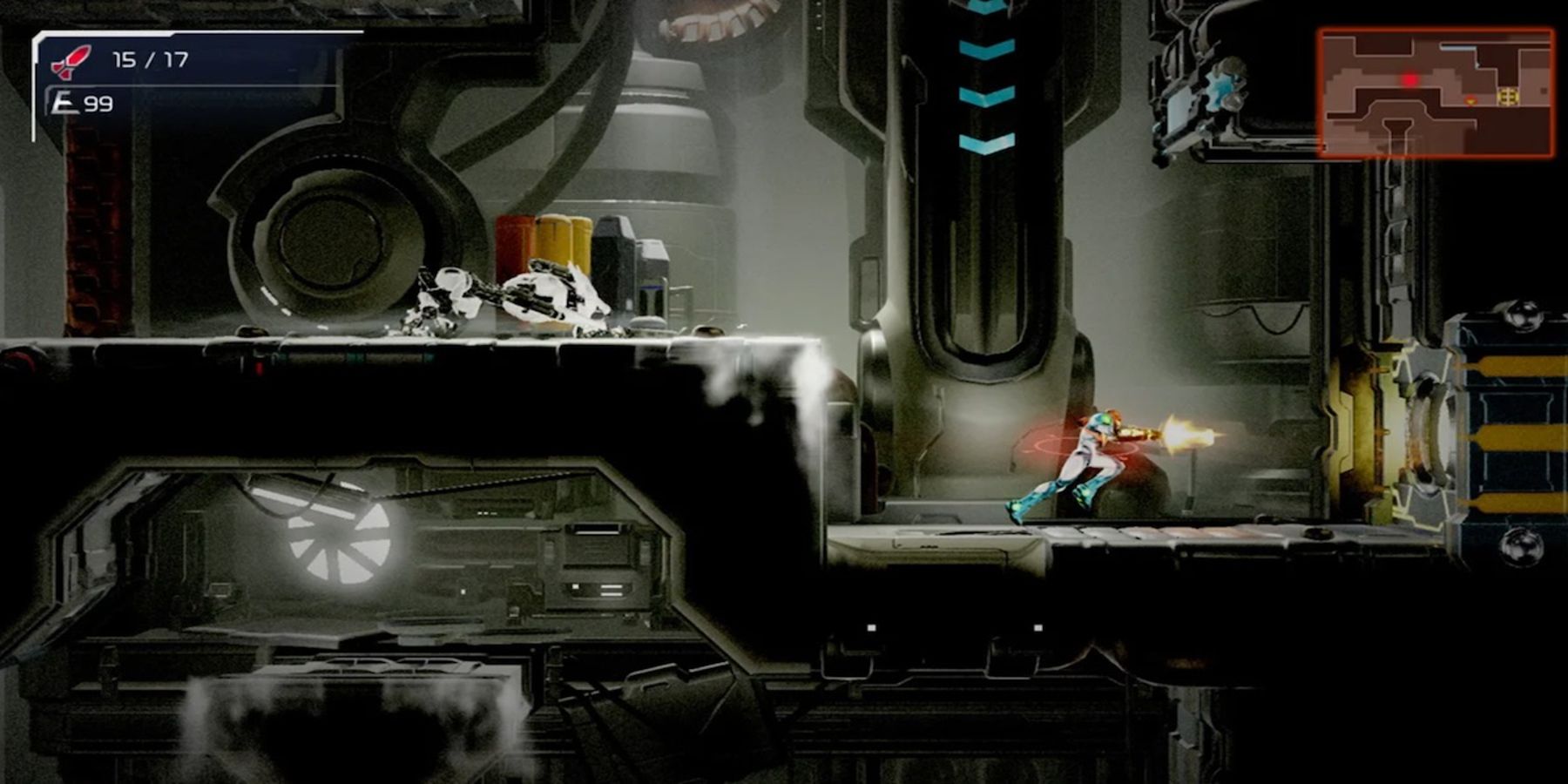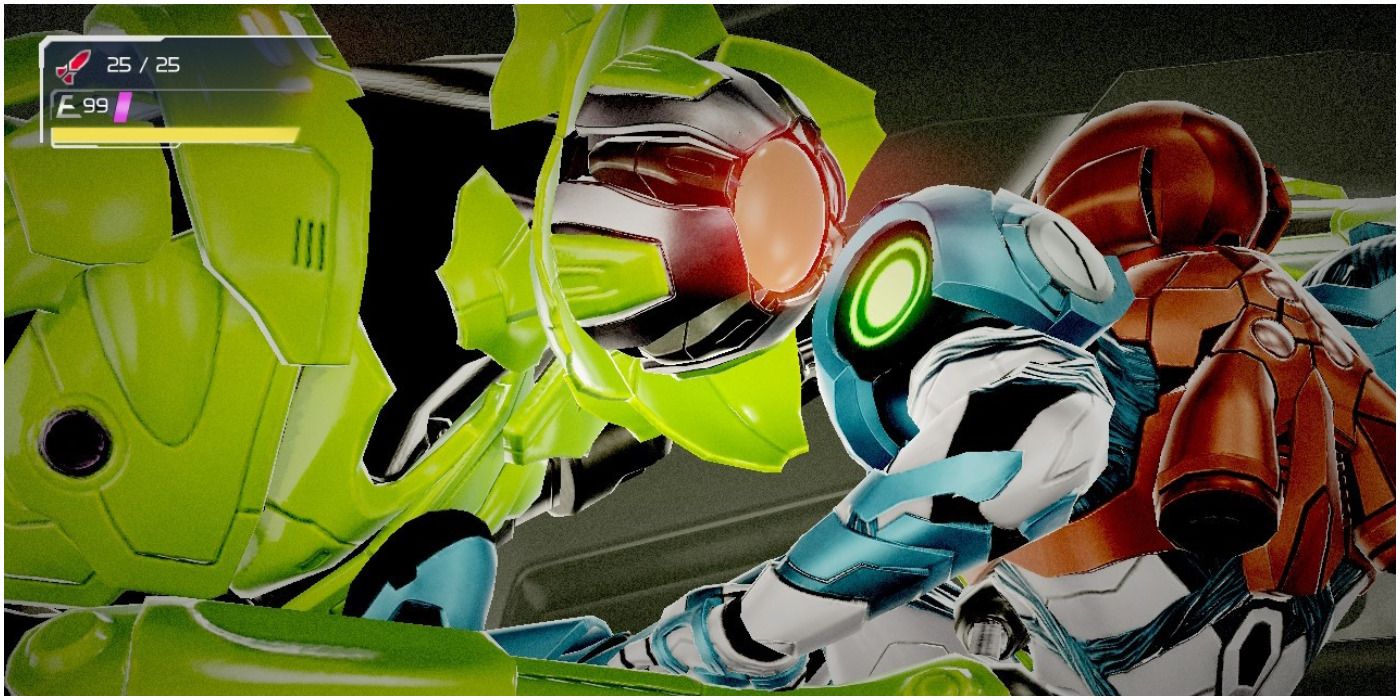It's not uncommon for major game releases to be embroiled in some kind of controversy or backlash from the community. The Metroid series is also no stranger to this. The previous mainline entry in the franchise, Metroid: Other M essentially put the series into a ten-year hiatus due to its poor reception. The most recent title, Metroid Dread, has been very well received comparatively. The controversy this time comes down to its 2D format, which has been the standard for most mainline Metroid games. Some gamers on the internet believe that the simple fact a game is 2D does not make it worth a full price tag.
While much has changed within the gaming industry in the nineteen years since the previous 2D Metroid game, besides Samus Returns, this style is still incredibly popular. Look no further than Metroid Dread's sales numbers, as well as recent indie hits like Hollow Knight, among others. Some gamers prefer 2D titles while others just enjoy 3D games, it doesn't seem necessarily fair to pass a sweeping judgment on one over the other. While this could have been an opportunity to have a meaningful discussion about AAA game prices in general, it was instead complaints from paying full price for Metroid Dread.
2D Games and Metroid
Many years ago, 2D games were the standard for the industry and indie games did not exist in the same capacity as they do now. As the technology evolved, 3D games were now possible, and the Metroid series itself experimented with this new technology with the excellent Metroid Prime spin-off games. Currently, 2D games are mostly associated with independent game studios and Nintendo, though even the latter has generally moved away from 2D Mario games, for example.
Due to this newfound association of 2D games and indie studios, many gamers who aren't as plugged in to the industry may look at Metroid Dread and assume it's an indie title and is selling for half the price of a AAA title. This is forgivable, given that the Metroid series is probably a lot older than many young gamers, as it celebrated its 35th anniversary this year.
However, 2D games take just as much time and effort from the development team as 3D games do. Metroid Dread's varied environments and incredible attention to background detail set it apart from other games in the genre, and allow for a dreadfully immersive experience. This is especially true for Metroid Dread's cutscenes, which are not only among the best seen on the Nintendo Switch, but are also effortlessly seamless. Furthermore, the incredible boss designs would not be possible in anything but a 2D game, as they require unique and skillful maneuvers to beat.
While it's true that whether a game is worth the full price is up to the consumer, it doesn't seem quite so fair to compare 2D and 3D games to one another and say that either is objectively better than the other. They're both going to appeal to different kinds of gamers who want different things from this hobby. Metroid Dread is the kind of title that will appeal to fans of old-school and nostalgia-tinted games, but thanks to greater technology, it feels incredibly modern.
Metroid Dread is out now for the Nintendo Switch.


